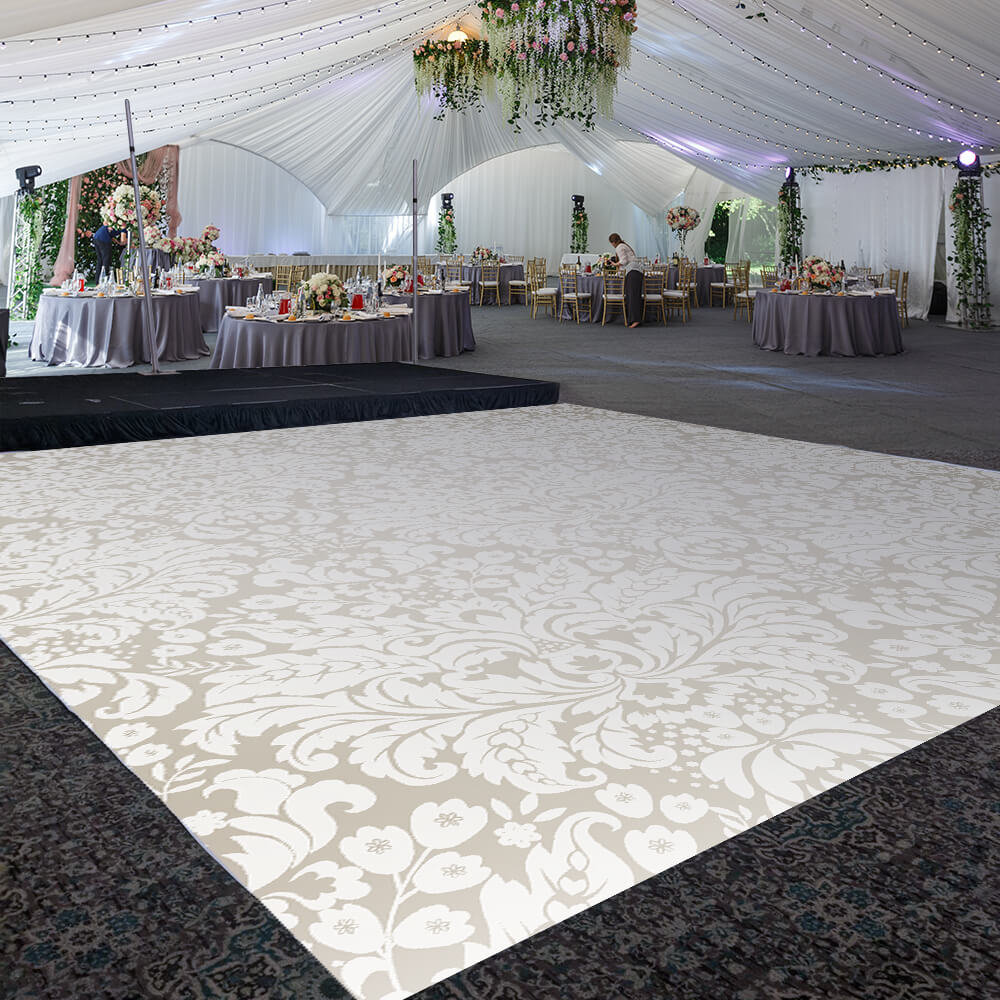Illuminating Creativity Via Shade Concept for Light Emitting Diode Dance Platform Designs
Illuminating Creativity Via Shade Concept for Light Emitting Diode Dance Platform Designs
Blog Article
Hue theory is an crucial aspect of aesthetics, particularly when it relates to designing LED dance floors. The interaction of colors can significantly influence the atmosphere and vibe of a space. By grasping how colors work together, designers can create an environment that improves the overall experience for dancers. This article examines the fundamentals of hue principles and its use in light-emitting diode dance floor designs.
The primary colors are red, blue, and golden. These colors cannot be made by mixing other colors together. Secondary hues, such as emerald, tangerine, and violet, are formed by combining primary colors. Tertiary colors are formed by mixing a main color with a secondary color. Understanding these basic connections helps creators select colors that complement one another and create a visually pleasing show. Combining these hues on an light-emitting diode dance floor can lead to vibrant and exciting effects that capture the attention of dancers.
Hue temperature also plays a crucial part in aesthetics. Hues can be categorized as warm or cool. Hot hues, such as crimson, orange, and yellow, tend to elicit feelings of enthusiasm and heat. In contrast, chill hues investigate this site like azure, green, and violet typically generate a serene and soothing atmosphere. Designers can use these color values to establish the mood for different types of events. For example, a celebration environment may gain from warm colors that energize the crowd, while a further calm occasion might employ cool hues to provide a calming influence.
In furthermore to color combinations and value, luminosity and intensity are vital elements to consider. Luminosity denotes to how light or dark a hue looks, while saturation measures the intensity of a hue. Vivid, saturated hues can create a lively and energetic atmosphere, ideal for dance floors. view it now On the contrary hand, gentler, less saturated hues can generate a more subdued environment. Through manipulating brightness and intensity, creators can draw focus to particular areas of the dance surface or establish visual routes, leading dancers through the space.
Ultimately, it is crucial to consider the emotional impacts of color in LED dancing surface layouts. Different colors can elicit different emotions and responses. For instance, crimson is frequently associated with passion and vitality, while azure can be calming and peaceful. Understanding these connections enables designers to strategically apply hues to affect the behavior of dancers. Through incorporating hue principles into LED dancing floor designs, designers can improve the overall experience, rendering it memorable and enjoyable for all involved.